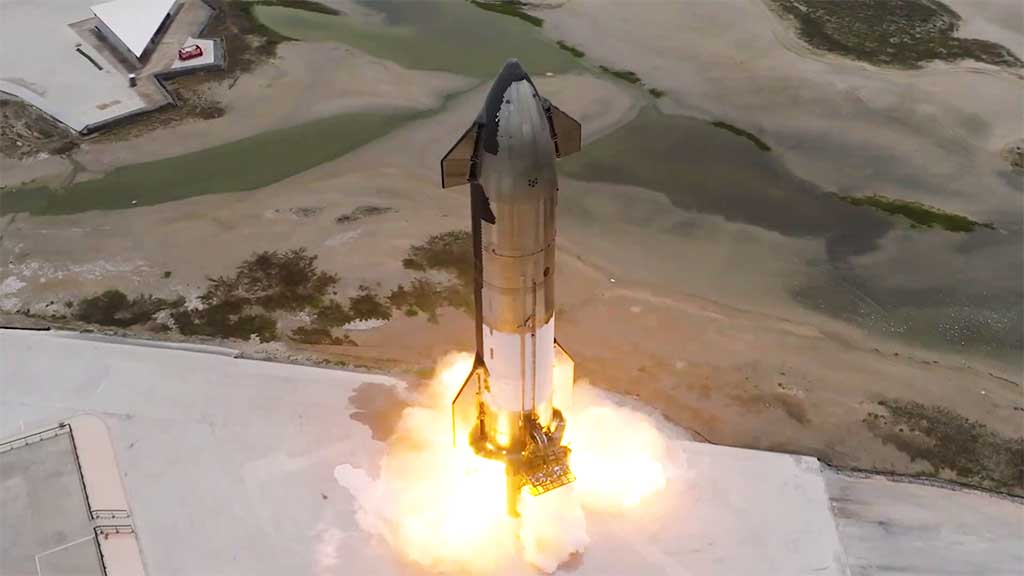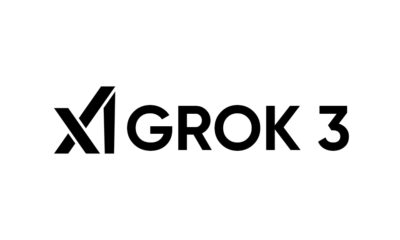SpaceX
SpaceX completes static fire test for flight 4 Starship

SpaceX today completed a full-duration static fire test on Starship spacecraft as the company prepares steadily for flight 4.
A static fire test practices the launch environment by firing all engines onboard at full thrust without lifting off the vehicle from the launch pad. The test measures tank pressure, temperature, propellant flow, and system.
Earlier today, Nasaspaceflight team member @BocaChicaGal shared an overpressure notice published for “Potential Risk to Health and Safety”. The notice was published for space test activities on March 25, 2024, from 8 am to 8 pm.
Full-duration static fire of all six Raptor engines on Flight 4 Starship pic.twitter.com/HzS4SeaoEV
— SpaceX (@SpaceX) March 25, 2024
Starship is a two-stage launch vehicle including a first-stage Super Heavy booster and the second-stage Starship spacecraft.
The second stage equips six raptor engines which generate 1,500 tf (3.3Mlbf) of thrust at full-duration engine ignition. The second stage is 50 meters tall and 9 meters wide. It has a propellant capacity of 1,200 tons.
The new static fire means that the second stage is ready for deployment. Up next, SpaceX will put the first stage on the launch pad for static fire of those 33 raptor engines.

SpaceX conducting Static Fire for Starship Test Flight 4 at Starbase Boca Chica Launch Site (Image Credit – SpaceX)
The first stage is responsible for taking the entire vehicle off from the launch pad and taking it into orbit. Starship’s first stage generates a massive 7,590 tf of thrust and it uses sub-cooled liquid methane (CH4) and liquid oxygen (LOX).
SpaceX launched three Starship test flights so far. Each of these has achieved new progress in different aspects of the testing including ground clearance, hot staging, and more. On March 14, SpaceX launched the Starship for the third time and completed major milestones including orbit.
The next Starship will focus on achieving landings and on-orbit engine relight. For now, SpaceX has not shared a launch date for the fourth flight test.












